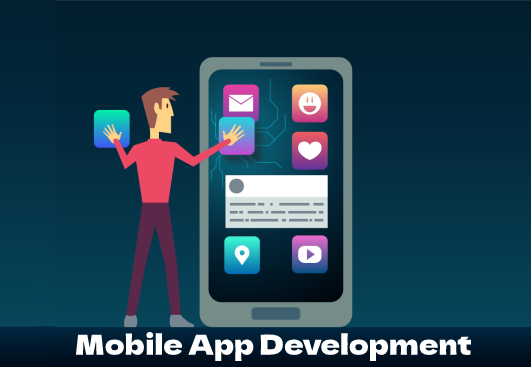Launching a digital product quickly has become essential for modern businesses, and that’s exactly why many companies now prefer working with an app development company in Delhi. With Delhi’s strong tech talent, established processes, and fast development cycles, businesses can turn ideas into working mobile apps much faster than traditional in-house development. Whether it’s an MVP, a full-scale app, or a redesign, partnering with a mobile app development company in Delhi helps cut delays and speeds up the entire time-to-market journey.
Whether you’re building your first MVP, overhauling an old app, or going big with a brand-new platform, teaming up with a Delhi app development company cuts the wait and gets your product in users’ hands faster.
Here’s how app developers in Delhi help you speed things up from day one.
- Instant Access to Skilled App Developers
Delhi’s become a magnet for top tech talent. You get experienced developers who know the ropes — not just with code, but with real business challenges too. Instead of spending ages trying to build an in-house team, you can plug right into a ready-made group that’s good to go.
No long onboarding periods, no endless interviews. Your project kicks off immediately.
- Smooth, Streamlined Processes
Most Delhi app development companies run tight ships. They use Agile, Scrum, and other proven workflows to keep things moving:
- Weekly sprints
- Fast cycles of feedback
- Testing as you go
- Clear, trackable progress
This keeps everyone on the same page, cuts down on endless meetings, and gets decisions made quickly.
- Fast UI/UX Prototyping
Design confusion is one of the biggest time-wasters in app projects. But Delhi agencies solve this fast. They crank out prototypes, wireframes, and user flows early. You see what you’re building right away and can spot any UX problems before a single line of code gets written.
It’s a lot easier (and faster) to fix things upfront.
- Cost Efficiency Means Faster Delivery
Development costs in Delhi are usually lower, so you can hire bigger or more specialized teams without blowing your budget. More people on the job means quicker builds, faster testing, and earlier launches.
When you’re not pinching pennies at every step, you move a whole lot faster.
- Deep Expertise in New Tech
Delhi developers know their stuff — AI apps, Flutter, React Native, cloud architecture, API integrations, automation, you name it. They use the latest frameworks, so you dodge tech bottlenecks and end up with an app that scales.
- Quick Deployment and Ongoing Support
A good Delhi app company won’t leave you stranded after launch. They stick around for:
- Fast bug fixes
- Performance upgrades
- New feature rollouts
- Real-time monitoring
This keeps your app moving forward instead of getting bogged down after release.
In Short
Picking the right development partner is the difference between a stalled project and a quick, successful launch. With top talent, modern workflows, and efficient delivery, Delhi-based app teams help businesses launch apps faster than ever.
If you want speed, quality, and reliability in 2025, choosing a mobile app development company in Delhi just makes sense.




